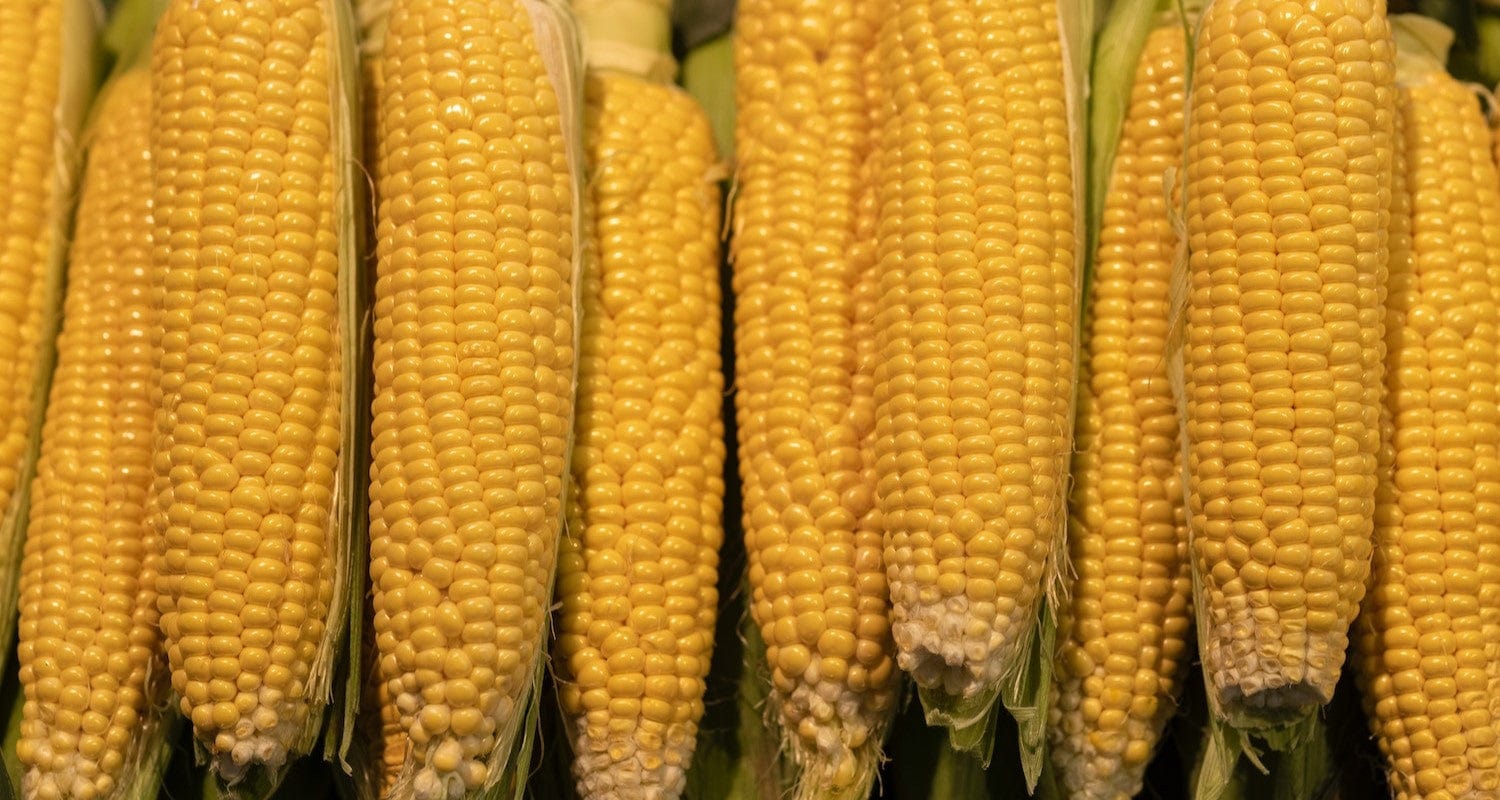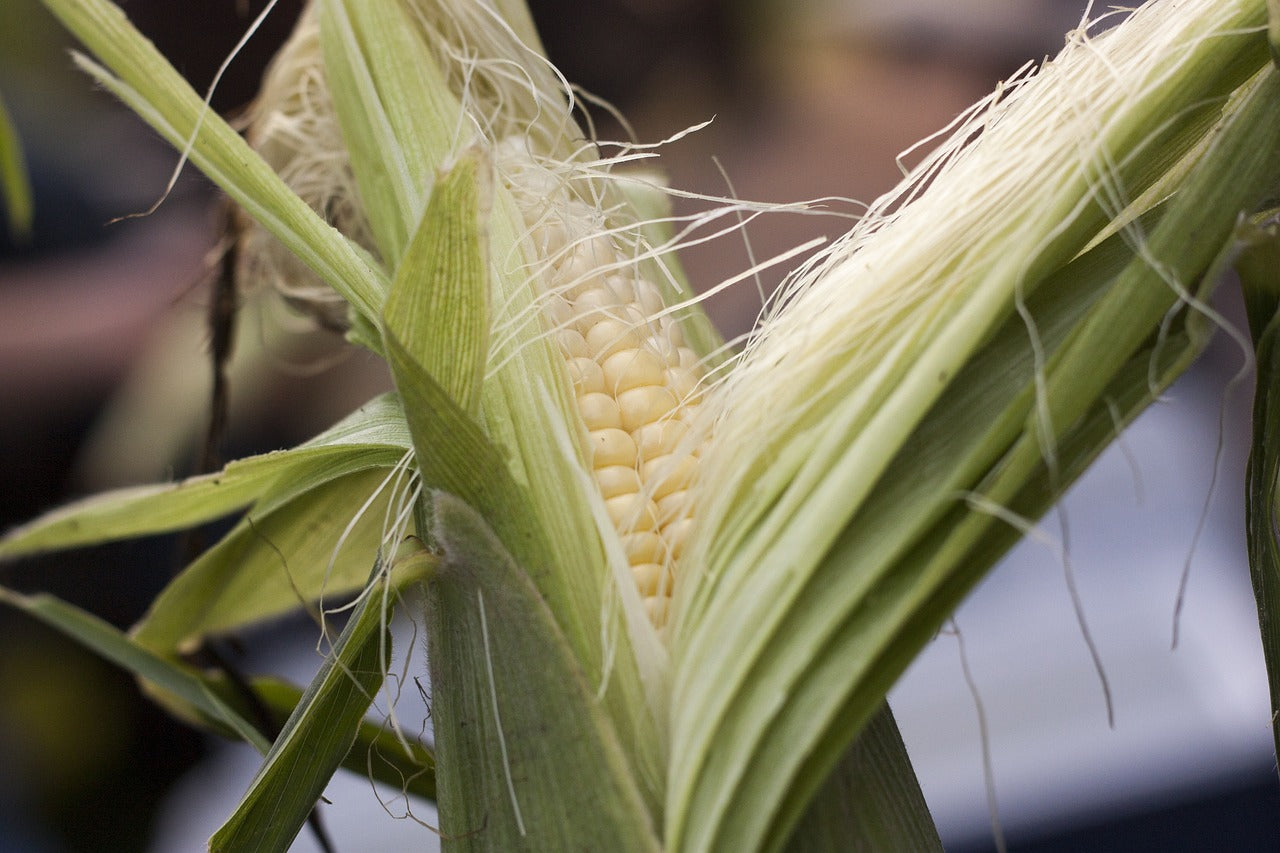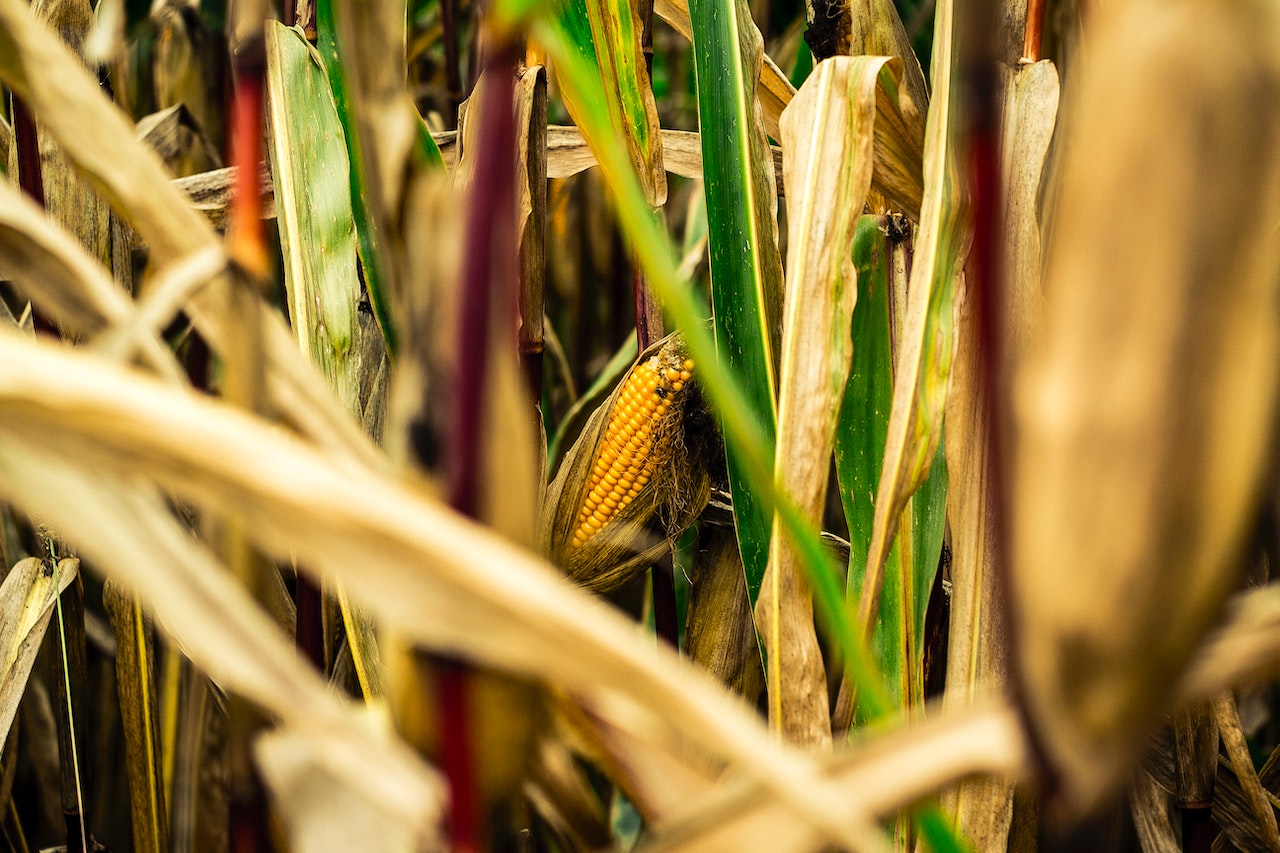How to Grow Sweetcorn

Sweetcorn is easy to grow and tastes so much sweeter and juicier than any you can buy in the shops. Plant it in your allotment, borders or raised vegetable beds and it will even act as a screen to shelter more delicate crops. Steam, barbecue or eat raw as soon as possible after picking.
Most common sweetcorn plant questions
When to plant sweetcorn?
Sweetcorn is ready to be planted outside from late May to June–well past the last frost date. If you receive your plant while the weather is still cold you can get a head start by planting in a pot and keeping it in a greenhouse or on a window sill.
How much sunlight do sweetcorn plants need?
Sweetcorn needs to be planted in full sun. Choose a position where it will receive 6-8 hours of sunlight every day.
What kind of soil does sweetcorn need?
Sweetcorn needs rich soil with plenty or organic matter. Try a mix of three parts quality compost and one part topsoil raked into the ground. For even better results, sprinkle the growing area with a good balanced fertiliser such as chicken manure pellets or worm castings before you begin planting, to add additional nutrients.

How far apart should you space sweetcorn?
Space the plants 45cm apart. As sweetcorn is pollinated by the wind, it is best to grow it in large blocks of 4x4 or 5x5 plants rather than in rows.
How to plant sweetcorn
Dig a hole large enough for the roots to fit in. Put the plant into the hole and then backfill with soil. Gently, but securely, firm the plants into the ground. Give the plant a watering to help settle the soil around the roots. Being firmly fixed into the ground will prevent the plants becoming damaged by the wind as they grow taller.
How much water does sweetcorn need?
Water plants regularly, especially when dry. On hot summer days, your plants may require watering every day.

How to care for Sweetcorn
Keep the area around the plants weed free for as long as possible. When the plants get taller it may become difficult to reach in between the plants in which case it is better to leave it if this could cause damage. A hoe may be the best bet in trying to reach in between rows.
How to harvest sweetcorn
The cobs will be ready to harvest when the tassels (the fibrous ends that look a bit like a horse's tail) become dark brown and die off. You can always find out if the corn is ready by peeling back the husk slightly and piercing one of the kernels with your finger nail. If the liquid is watery, it is not ready. If it is creamy, then it is ripe. If there is not much liquid at all and it is more like a paste, then it is too mature. To harvest the cobs simply twist them off from the main stalk.

Common Sweetcorn Plant Problems
When the sweetcorn plants are still young seedlings, they can become prey to birds, slugs and snails. To prevent damage from birds the best defence is covering the plants with a fine horticultural fleece. This fleece will have to be removed as the corn grows larger and needs to become pollinated. For more specific information about both pests, see below.
Birds
Birds love to tear off and eat the leaves of young sweetcorn plants! The best form of defence against birds is to cover plants in a fine horticultural fleece while they are young. Birds will generally not try to eat the plant as it grows larger. The fleece will have to be taken off as the plant grows larger to enable pollination. A scarecrow can work to varying degrees dependent upon its realism.
Slugs and Snails
To combat slugs and snails, try watering in the morning. This will allow water to evaporate from the soil before they come out at night. Slugs and snails prefer moist conditions so keeping the area dry whilst ensuring the plants are properly watered is a fine balance! Remove any debris, logs, old pots, or anything else they can hide under during the day and keep the area around the plants clean. The second form of protection against slugs and snails is to form a barrier around your plants. This can be done with copper wire which reacts with the mucous or with crushed egg shells which will cause cuts and lead to them drying out. Ensure the plants are not touching any objects such as walls or other plants which can form a bridge for the slugs to climb over to reach the plants. Another good organic method to get rid of slugs is using Nematodes. Nematodes are microscopic worms that essentially find slugs underground and cause them to die. They are completely harmless to other wildlife or your vegetables (or you when you eat your vegetables) and so are a great organic solution to slug damage. Make sure you read and follow the instructions on the packaging carefully. Again, when the sweetcorn plants grow larger, slugs and snails will usually lose interest and the plant will be strong enough to survive.

Last updated: 13/11/2023




















